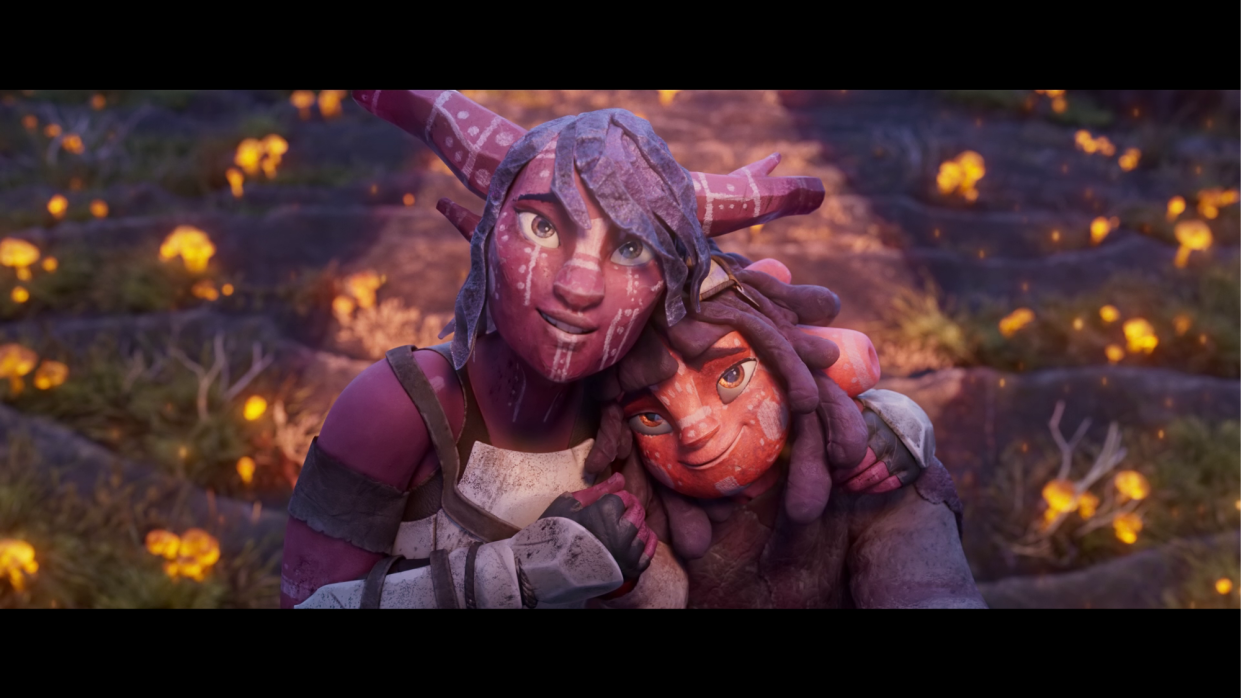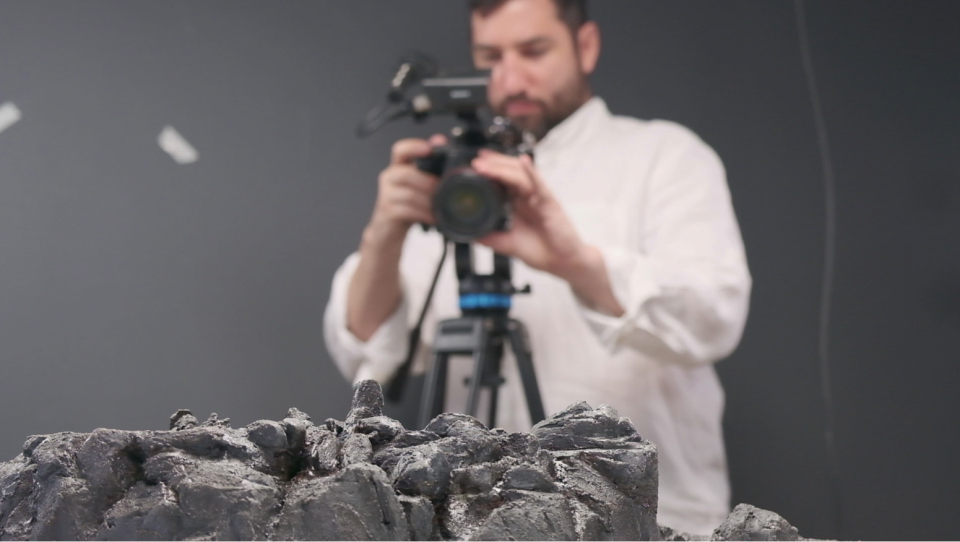How ‘In the Stars’ Brought a Real-Life History of Colonialism to ‘Star Wars: Visions’

- Oops!Something went wrong.Please try again later.
- Oops!Something went wrong.Please try again later.
“Star Wars” has always been about fighting fascist dictatorships, from its very beginning when George Lucas took inspiration from the Vietnam War to present a story of fighting against an evil empire. But the past decade has seen the franchise expand on this idea, deepening the story of the Rebellion with more direct connections to the real world and stories of rebellion and sacrifice while more directly confronting the fascist side of the Empire. So when Oscar winner Gabriel Osorio Vargas (“Bear Story”) and studio PunkRobot were asked to pitch a “Star Wars” story that felt uniquely Chilean for the second season of “Star Wars: Visions,” there was no other topic to explore.
“The story of colonization is central to the ‘Star Wars’ universe and something we identify ourselves with,” Osorio Vargas told IndieWire about “In the Stars,” the season’s Emmy submission for Outstanding Short Form Animated Program, which takes inspiration from the history of colonization of the people in South of Patagonia, one of the last places in Latin America to get colonized. “This is very recent and brutal history which marks and defines us, so we wanted to rescue that story and reflect the resilience and resistance of those peoples against injustice.”
More from IndieWire
The result is one of the most poignant stories told in the galaxy far, far away. “In the Stars” tells the story of two sisters on a planet conquered by the Empire, which turned their lush forests and rivers into desolate wastelands for factories. Though the Force is very much a part of the short, there are no Jedi coming down to save the day. Osorio Vargas is most inspired by the story of regular people rising up to fight the Empire, like in “Rogue One” and “Andor,” though “The Empire Strikes Back” made him fall in love with the franchise. “Seeing that characters don’t have to be Jedi to be heroes, that is my favorite part of the universe to watch as a fan,” the animator said. “Those are the characters and the themes I connect the most as a Latin American.”
“In the Stars” directly speaks of the history of colonization in Latin America and the Selk’nam genocide, with the indigenous peoples of Patagonia serving as a direct inspiration for the design of the sisters, their clothing, their town, and their connection to nature. For Osorio Vargas, the short bridges the past and the present of Chile and Latin America, with the story of the town being occupied and conquered by outside forces reflecting the past and the Empire stripping the land of its resources and poisoning the water representing the present.
Chile is one of the few countries in the world where water is privatized while mining in the northern region of the country in recent years has severely damaged the environment. “These are conversations and topics that are very timely in Chile, so we wanted to have the short speak of the relevancy of water as a vital and basic element.” Osorio Vargas explained, adding that the peoples of Patagonia were canoeists. “They coexisted with water and it was essential to them, so we wanted to reflect that in the story as a way to reinforce our own history and our connection to nature.”

One way “In the Stars” keeps its story grounded in history and reality is through its animation style. The team at PunkRobot wanted to bring the same sense of wonder as when you first see the AT-AT in “The Empire Strikes Back” or the holochess in the first film. To achieve that look, the team referenced real locations and created physical sets that were then scanned digitally, while the characters were created with CG while emulating handmade textures.
“We did not want to lie and trick you into thinking it was stop-motion, but to use CG and tech to make the short look as handmade and analog as possible,” Osorio Vargas said. The team used software that allows for the simulation of physical paint, producing a washing effect that you’d see in physical miniatures to make the short appear real and tactile.
Also important was the music, always an essential part of “Star Wars.” The team studied the music of John Williams but also contemporary folkloric Chilean music. Inti-Illimani and Los Jaivas were big inspirations for melodies and instruments, but they also looked elsewhere. “We didn’t want to have the music be only about Southern Chile but have a universal sound,” the animator told us. “We used instruments from all over with the hope of creating a Latin American sound.”
Best of IndieWire
Sign up for Indiewire's Newsletter. For the latest news, follow us on Facebook, Twitter, and Instagram.

